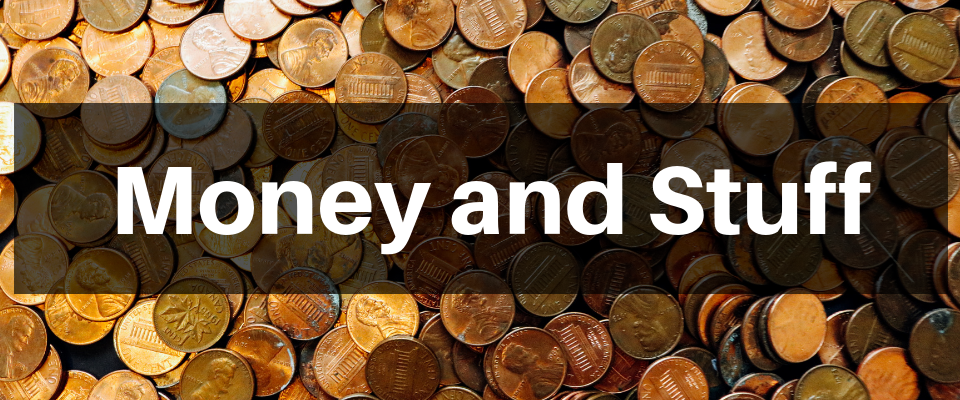Saturday, January 31, 2015
Economy Today: Central Banks, Monetary Policy and the ECB's Announced Quantitative Easing
With this post I start a series of articles that will aim to explain some general knowledge economic terms by means of current events, and vice versa.
You may have seen in the news that the ECB (the European Central Bank, the Central Body that governs the decisions of the Central Banks of the nations of the European Union) has given the order to purchase a humongous amount of public and private debt via the central banks of each of the EU nations in a collective effort of Quantitative Easing (or QE). By humongous I mean 1.13 trillion Euros in public and private debt. This is the first time large-scale cash injection that the European Union has ever made, and it has many startled.
Alright, let me start by explaining some of these terms:
Public debt refers to treasury bonds, bonds issued by a government to obtain public financing. In exchange for the bond purchase the buyer receives either interest or a lump sum at the time they sell it back to the government. To read more about bonds and to learn what the US Treasury bonds are, click here.
Private debt refers to corporate bonds (IOUs issued by corporations guaranteed by the repayment ability of the corporation. They are not stock but a literal loan to the business. Corporate bonds that are secured or guaranteed are called Asset-Backed Securities (ABS) and they are usually secured by loans other than mortgages (credit cards repayments, car loans, house-building contracts and home equity loans).
Cash Injection refers to the activity of a central bank designed to pump money into the economy of a nation, to put it into circulation in order to revitalize its activity.
A cash injection is made to provide the public and private sectors with money; this money can be used by banks to make loans, so that businesses may borrow. In turn, they can expand and hire more people to build products and services for everyone to buy, which is the life cycle of a healthy economy.
Monetary policy is the system that a central bank has to control the state of the economy. The policy is designed to alter prices by controlling the amount of money in circulation (too much money in circulation causes inflation, and too little causes deflation). This may be done in one of three ways: by changing overnight bank rates, by changing bank reserve requirements, and by the purchase and sale of bonds.
- Overnight bank rate: during the course of a day banks perform a very large scale of transactions: deposits, wires, investments, bond purchases and sales, etcetera. At the end of the day a bank may end up with a surplus of funds on hand, or a shortage. Because they cannot end a night on a shortage, they must borrow funds from some place to break even, and that is their Central Bank or another bank with a surplus. The rate they are charged is called the overnight rate, and the Central Bank can lower or raise that percentage rate to alter how much money is available to banks to lend and borrow, thus controlling the amount of money in circulation and prices. In the United States the overnight rate is the infamous Prime Rate.
- Reserve requirements: during the Great Depression of 1929 banks people were so scared of losing their money that they literally ran to the banks to take their deposits out. This occurrence was so huge and drastic that a specific term was coined for it, and it is bank run. In the United States and most industrialized countries the Central Banks now require that every single government-insured financial institution (banks and credit unions alike) maintain a certain amount of reserves on cash to cover a possible run. That reserve is always a percentage of their total deposits. By setting the percentage of reserves higher or lower the Central Bank allows each financial institution to have more or less cash on hand to lend.
- The purchase and sale of bonds: This is the most effective and immediate method of controlling the money in an economy. When a central bank issues bonds it can be for one of two reasons: because the government needs funds during a crisis, or because there is inflation and they wish to remove money from circulation, thus increasing he purchasing power of the currency (lowering prices).
Conversely, when a central bank buys back bonds, they do so with the intent to put money in the economy. It is normally used when that country’s economy is at the risk of stagnating; that is, when unemployment is rising, there is a government crisis, and when prices are dropping. The Central Bank may use its own reserves or else, simply print money (yes, central banks have the power to invent money simply by printing it).
Labels:
bonds
,
cash injection
,
debt purchase
,
deflation
,
ECB
,
EURIBOR
,
European Central Bank
,
European Union
,
Federal Reserve
,
prime rate
,
vicious cycle
Subscribe to:
Post Comments
(
Atom
)


No comments :
Post a Comment